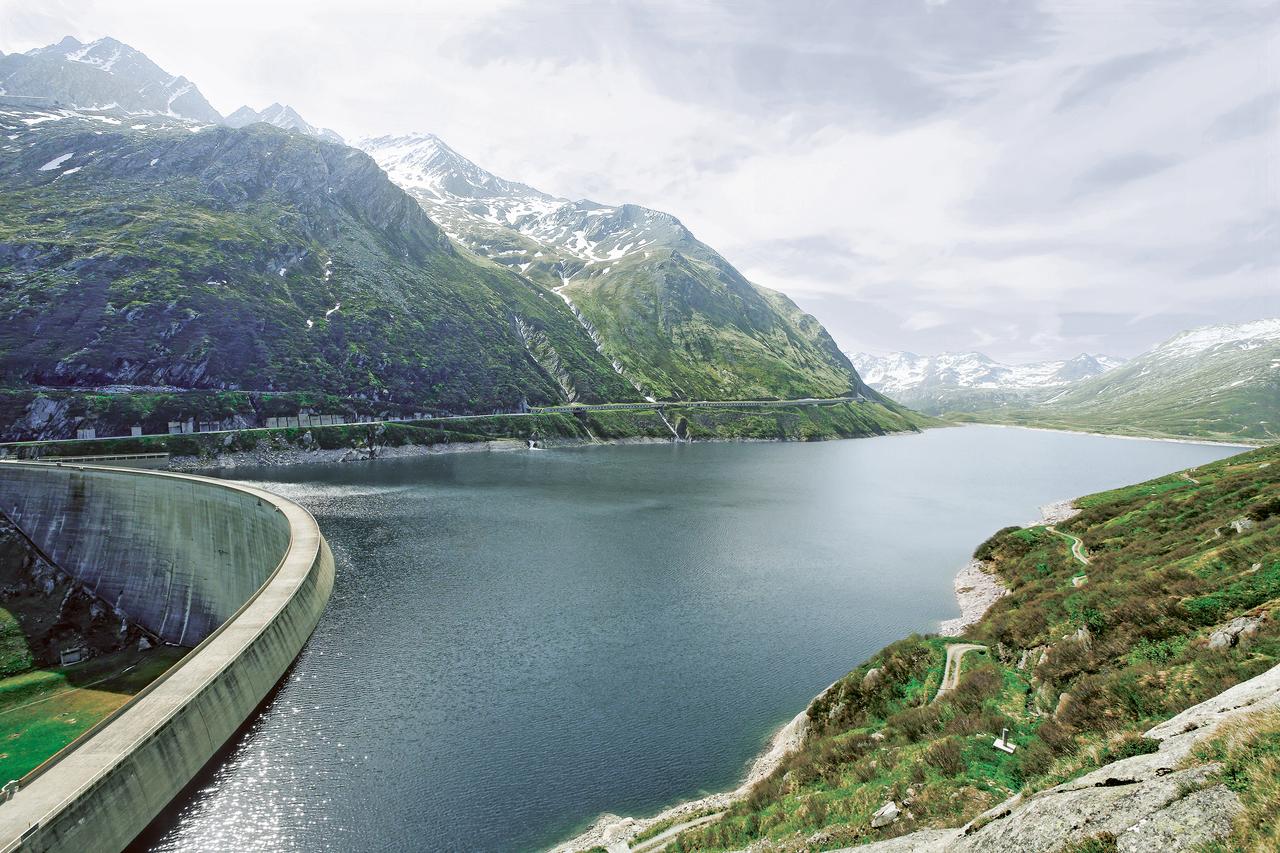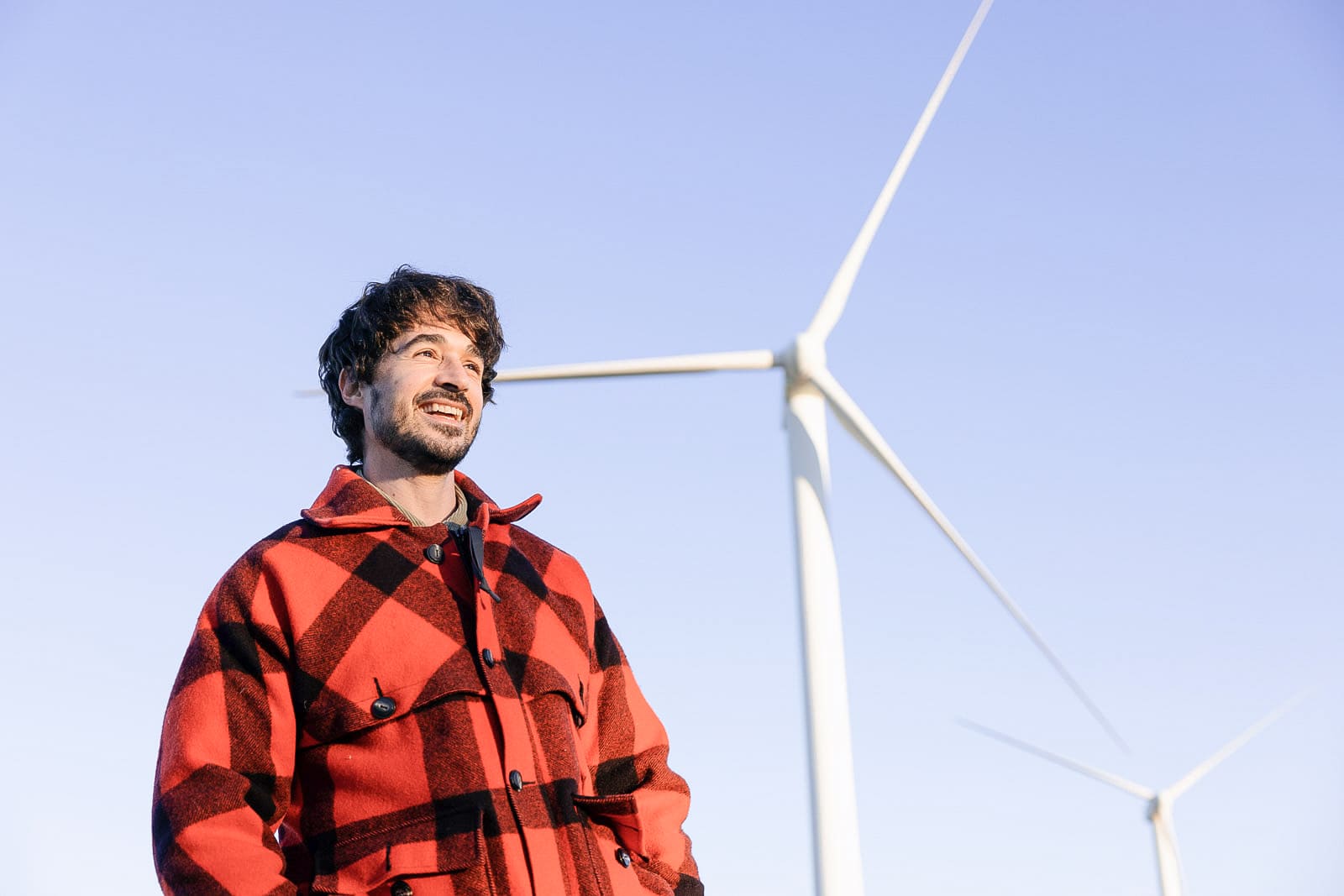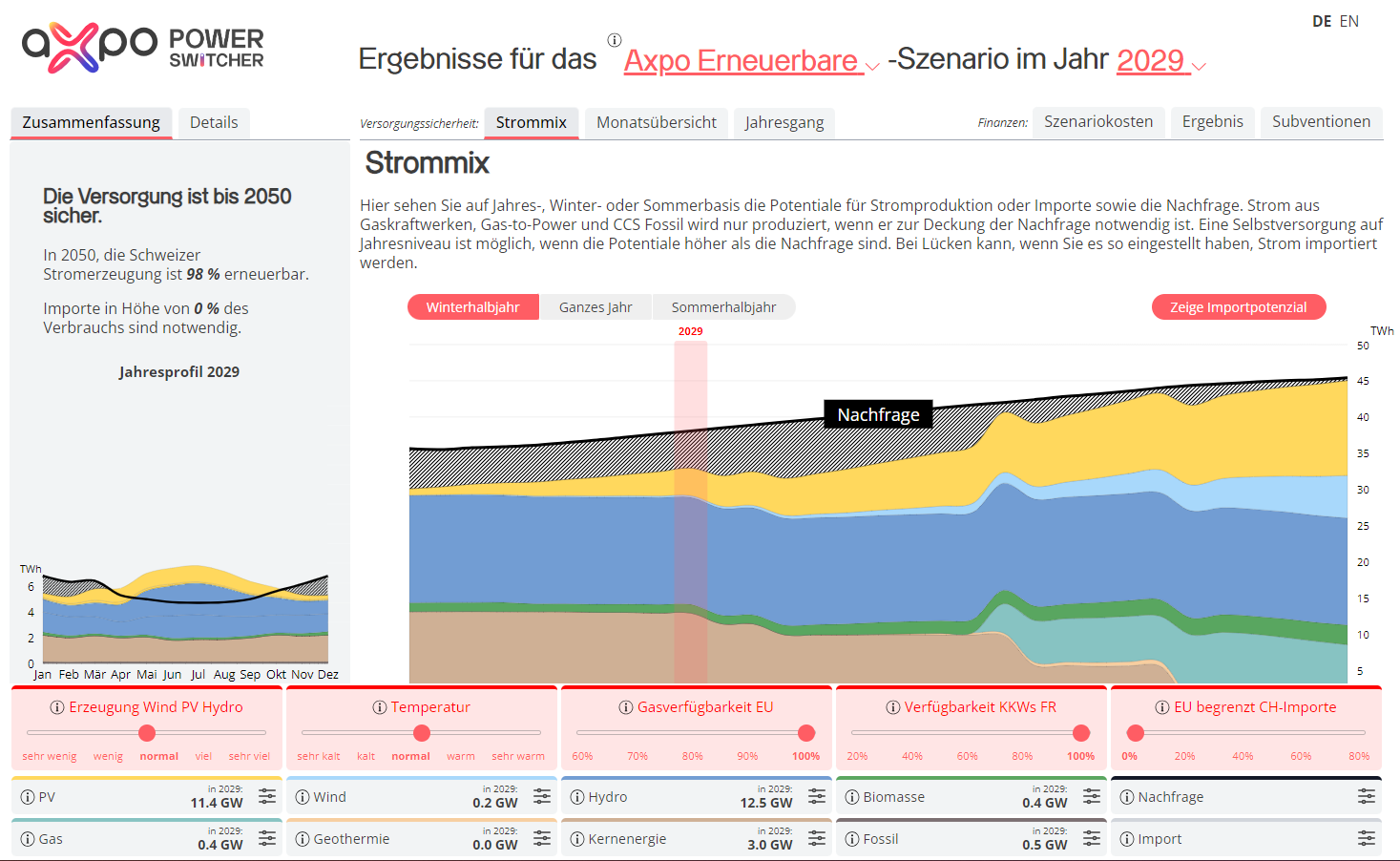23.02.2021 | McKinsey & Co.: Global Energy Perspective 2021
Power demand on the rise – strong growth in renewables and H2
How will the energy sector develop in upcoming years? McKinsey experts project that energy demand will rebound quickly post-COVID-19. Electrification increases sharply – especially renewable energiesand hydrogen (H2) exhibit strong growth. As a result of COVID-19, government policies become more important for a successful energy transition.
In their "Global Energy Perspective 2021", McKinsey looks at how the energy sector has been impacted by COVID-19 and how it will develop in the future. These points are key for the experts:
- Long-term impacts of COVID-19 on energy demand are small: Energy demand rebounds quickly post-COVID-19, and the impacts of behavioural changes due to the crisis are small compared with fundamental shifts such as de-carbonisation and electrification of the energy sector. Stimulus packages, like the one adopted by the EU, have a significant impact on energy system design in the decades to come.
- Demand for gas and oil products drops sooner than expected: Demand for fossil fuels will be lower in the future. Demand peaks for oil will be reached in 2029, and peaks for gas in 2037. Demand for these products in major markets, such as the United States and the European Union, has already peaked and shown gradual decline for more than a decade. Yet fossil fuels continue to play a major role in the energy system, driven by growth in emerging economies and areas such as chemicals and aviation.
- Power demand grows significantly and hydrogen gains importance: Electricity demand doubles owing to direct electrification and increases its share of final energy consumption from 19 to 30 percent in 2050. At the same time, low-cost renewable energies dominate the power markets and replace existing fossil plants in most regions before 2030. By 2036, half the global power supply comes from renewable sources. McKinsey projects that green hydrogen will become competitive in the 2030s. Accordingly "indirect" power demand for electrolysis accounts for approximately 40 per cent of the electricity demand growth from 2035 to 2050. The main drivers are in the area of industry and transport.
- Change is too slow to limit global warming by 1.5 degrees C: CO2 emissions need to reach net zero by 2050 to move to the 1.5°C Pathway. The current pace is too slow, and additional ambitious initiatives and policy measures are needed. The coming decade is particularly crucial, requiring a decline in global emissions of more than 50 percent by 2030. This requires substantial and rapid changes in how societies around the globe fuel their economies.
- Climate change and governmental subsidies accelerate the energy transition: Given the unparalleled size of many economic-recovery packages, the focus of the stimulus measures plays a key role in shaping energy systems in the decades to come. According to McKinsey, these shifts accelerate in the coming years, as de-carbonisation and climate change are increasingly important on the agendas of global policy makers and business leaders, and as the consequences of climate change play out and prompt greater action.
A summary of the study and more details are available on the McKinsey website.




.jpg)





